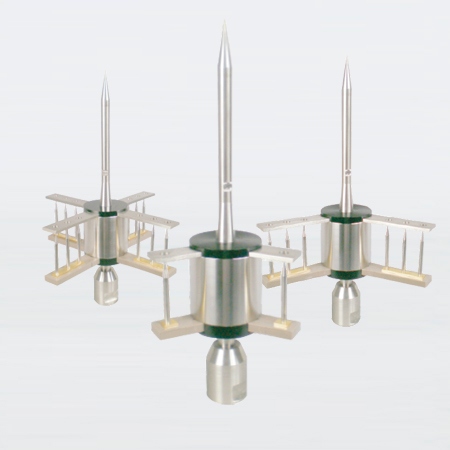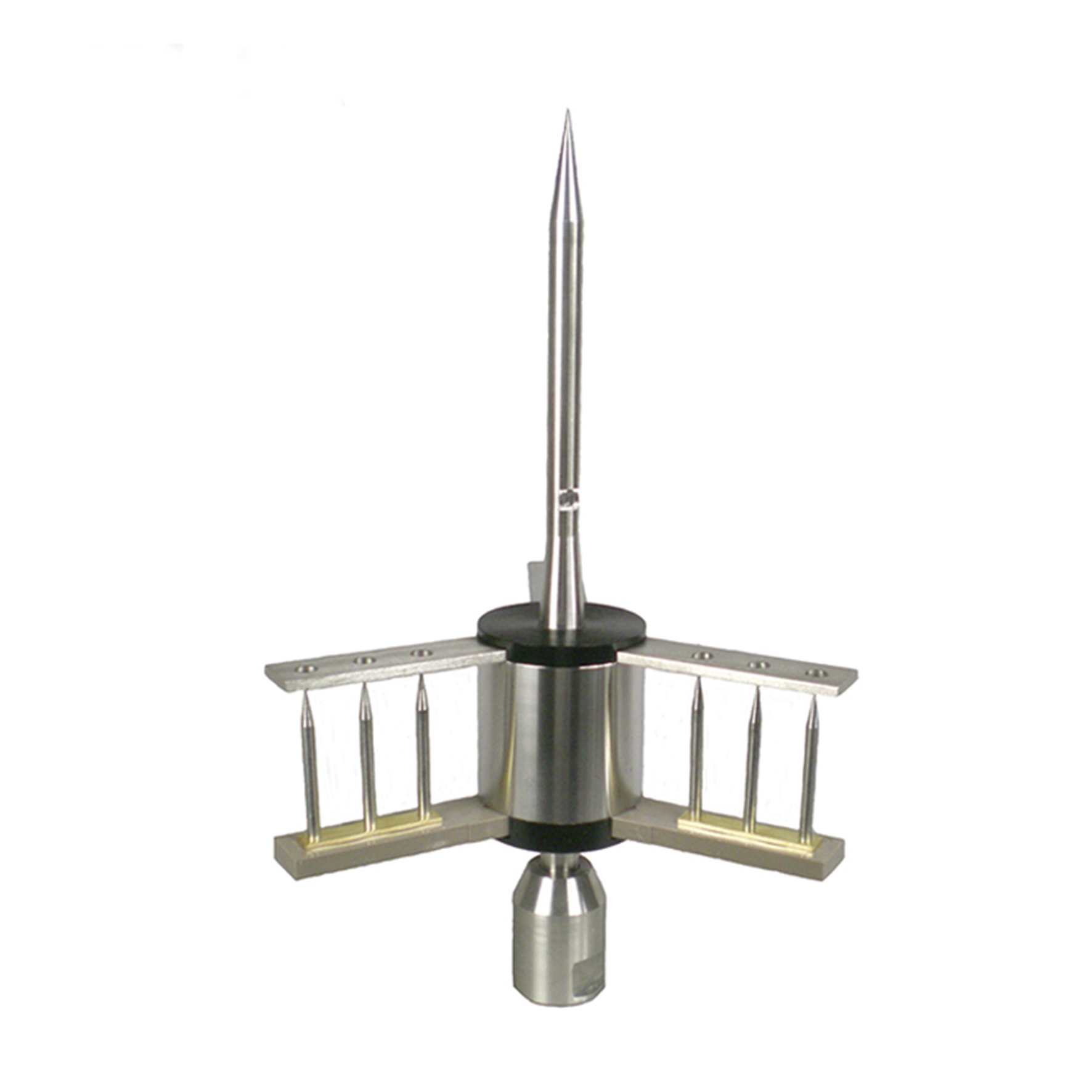According to the International Lightning Protection Standard (IEC 62305), a 30-meter high lightning rod can shield an area with a radius of 60 meters. Compared to unprotected buildings, the probability of buildings with lightning rods being struck is reduced by more than 90%.
Basic Working Principle of Lightning Rods
The lightning rod was invented by Benjamin Franklin in 1749. A typical lightning rod system consists of rods with a diameter of at least 1/2 inch and can withstand currents of up to 200,000 amperes.
For example, during a thunderstorm, a lightning rod can guide the current from a lightning strike to the ground at a speed of 30,000 kilometers per second. The installation cost generally ranges from several thousand dollars, and the success rate of guiding lightning strikes increases to over 99%.
Franklin once said, "The invention of the lightning rod is to protect buildings and humans from the disaster of lightning strikes."

Effectiveness of Lightning Rods
Lightning rods are generally installed on rooftops, chimneys, spires, and other prominent structures to increase the chances of intercepting lightning. According to the International Lightning Protection Standard IEC 62305, a 30-meter high lightning rod can protect an area within a 60-meter radius.
Buildings with installed lightning rods have their probability of being struck by lightning reduced by over 90%. The annual probability of lightning strikes per square kilometer for buildings without lightning rods is 0.2-0.4 times, while for those with lightning rods, it drops to below 0.02 times. Since its completion in 1886, the Statue of Liberty has been struck by lightning multiple times each year but has never been damaged. The Empire State Building in New York, since its construction in 1931, is struck by lightning an average of 23 times a year without any damage.
British physicist Michael Faraday pointed out, "Lightning rods can significantly reduce lightning damage." For example, oil refineries and chemical plants can prevent fires and explosions caused by lightning strikes after installing lightning rod systems.

Confirm the scope of protection
When determining the protection range of a lightning rod, key factors include the height of the lightning rod and the terrain. The protection radius of a lightning rod is approximately twice its height; for a 30-meter-high lightning rod, the protection radius is 60 meters.
In terms of materials and design, copper or aluminum lightning rods are commonly used, and structural design is conducted in accordance with "GB 50057-2010 Building Lightning Protection Design Standards". In 2012, the Beijing World Trade Center successfully avoided potential severe damage during a major thunderstorm thanks to its lightning protection system.
